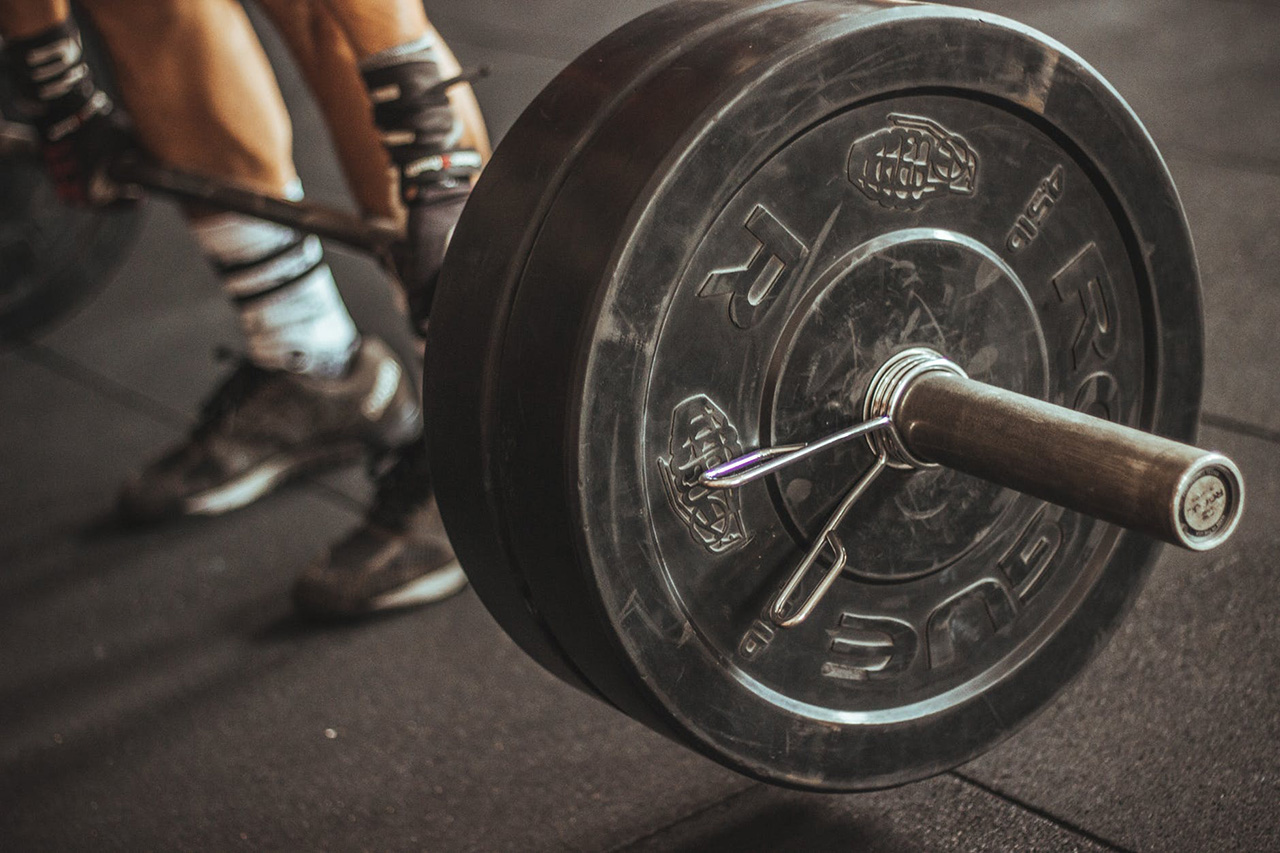
You see them everywhere these days, from military & police hopefuls during their Strength & Conditioning workouts to the IT Helpdesk chick during their 20-minute circuit at the local box.
Considering how popular they are these days, we’re asking the big questions. Why? What is the added benefit?
First things first: Do weight vests actually improve conditioning or performance in the long run? The research is pretty mixed. Some studies suggest training with the added resistance can improve VO2max, speed, and time to exhaustion, while other studies have found it doesn’t do much more than training without. The most important aspect here though, which studies are asking the right questions?
While there’s some research out there that has looked to test the claims behind weight vests, there are many different variables across experiments. Data tested varies from weight used, and length/frequency/type of training done in the vest. So at this stage, it’s hard to say conclusively whether weight vests make for better athletes. So with that in mind, let’s put it into perspective.
What are you doing with your weight vest and what do you want to achieve?
If your answer is: “Because I look cool and everyone in the gym thinks I’m hardcore.” Read no further, you’re not the audience this is aimed at. When used incorrectly, or out of place, weight vests kind of fall in the same category as running with a gas-mask, or “altitude mask”. Click here to read our previous article about altitude masks.
While vests load weight directly to your shoulders and upper body, adding increased resistance to your respiratory muscles as well, namely the diaphragm and external intercostal muscles. This can increase your heart-rate somewhat, meaning your heart will work harder with less physical output but it also makes it difficult to breathe. Some struggle with the concept of difficulty breathing and physical exertion. And learning to stay calm when you can’t breathe normally can become an exercise in improving the autonomic nervous function and “learning” how to activate your (in)voluntary nervous system. Part of this is the somatic nervous system which controls all the things that we are aware of and can consciously influence, such as moving our arms, legs and other parts of the body.
The involuntary nervous system (vegetative or autonomic nervous system) regulates the processes in the body that we cannot consciously influence.
It is constantly active, regulating things such as breathing, heartbeat, and metabolic processes. It does this by receiving signals from the brain and passing them on to the body. Also, it can send signals in the other direction – from the body to the brain – providing your brain with information about how quickly your heart is beating, for example. The involuntary nervous system can react quickly to changes, altering processes in the body to adapt. For instance, if your body gets too hot, your involuntary nervous system increases the blood circulation to your skin and makes you sweat more to cool your body down again.
That all sounds fantastic and fancy if you use enough buzz-words to convince those who are unfamiliar with this. But experience this effect a couple of times and your brain locks it down. Think of a watered-down version of Cognitive Behavioural Therapy for fitness.
CBT works by changing people’s attitudes and their behavior by focusing on the thoughts, images, beliefs, and attitudes that are held (a person’s cognitive processes) and how these processes relate to the way a person behaves, as a way of dealing with problems.
Why and when should you use a weight vest?
Simple. If your profession or sport dictates the necessity of being able to perform while wearing weight or body armor. If it doesn’t, there’s more benefit to be had by increasing your physical output unweighted without the potential downsides to wearing a weight vest.
Training with a weight vest can be risky if you’re not conditioned for it, don’t have proper form locked in, or if you wear it too long.
If your running technique is below standard, if you’re struggling with standard (bodyweight) exercises or you lack basic core stability, it’s blatantly obvious you haven’t mastered the basics and you need to work on that first before you start compounding your bad form. You’re asking for an injury by adding weight of any form, including a vest. Think upper and lower-back injuries, hip injuries, knees, ankles, stress fractures – the list is extensive and doesn’t stop at that. Anyone with tight neck muscles, poor posture, or any sort of back history should avoid adding weight until you’ve built up strength and form. And even then, do you really need to add weight?
There’s another issue with weight vests when it comes to your brain. Adding weight during a workout focused on speed, explosiveness, or agility can change your center of gravity. It creates a different angle of body lean, which can alter your natural biomechanics. And even if it doesn’t change mechanics externally in a way that throws off your form and increases injury risk, it can alter your neuromuscular firing patterns if you wear a vest too much. Your body gets used to the unique leverage and weight distribution from the vest. When you take it off, it’s neuromuscularly confusing and your body has to recalibrate.
So in conclusion, train with a weight vest if your profession or sport requires it. Don’t train with one if there’s no need to. Yes, some of our programs implement weight vests in workouts. When they do, it is gradually introduced and it specifically states how and why we’re adding weight.
For your own sake, please don’t be “that guy” on the cross-trainer wearing a weight vest with an altitude mask on. You’re achieving nothing and you look like a tool.



